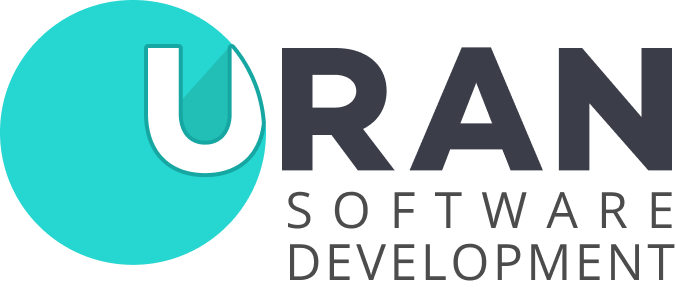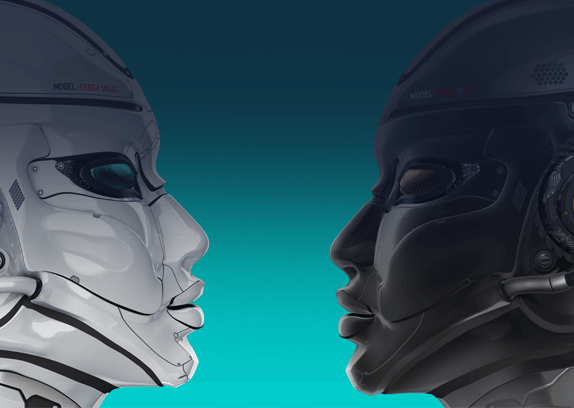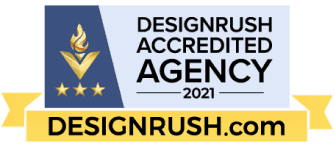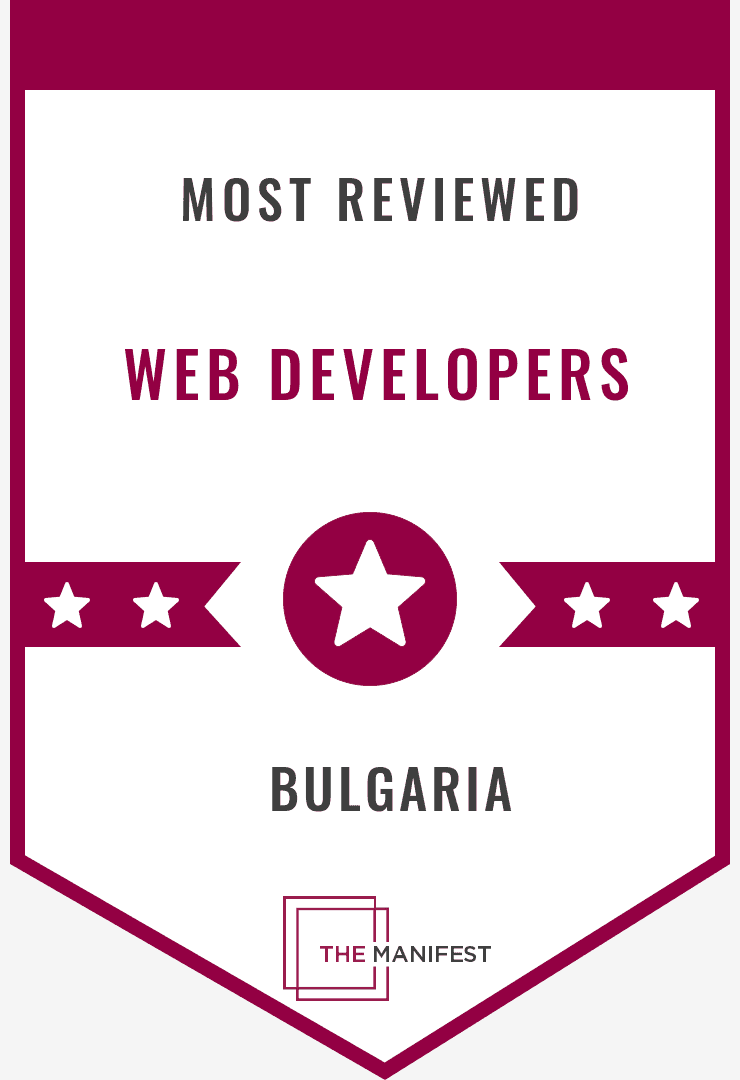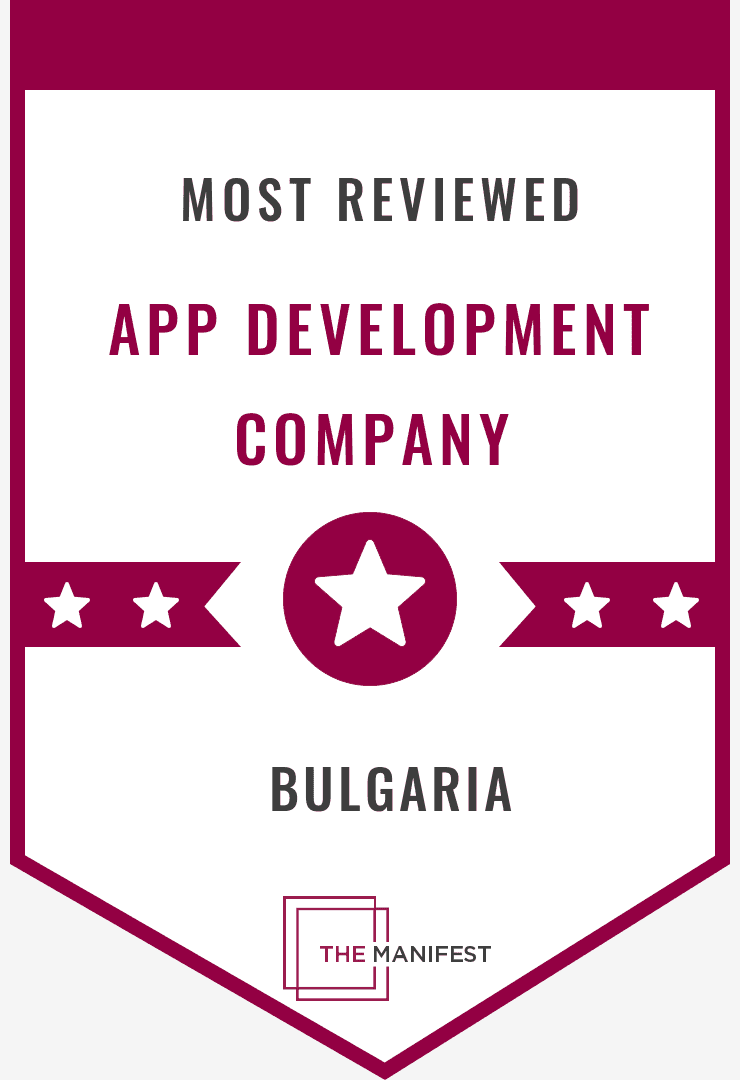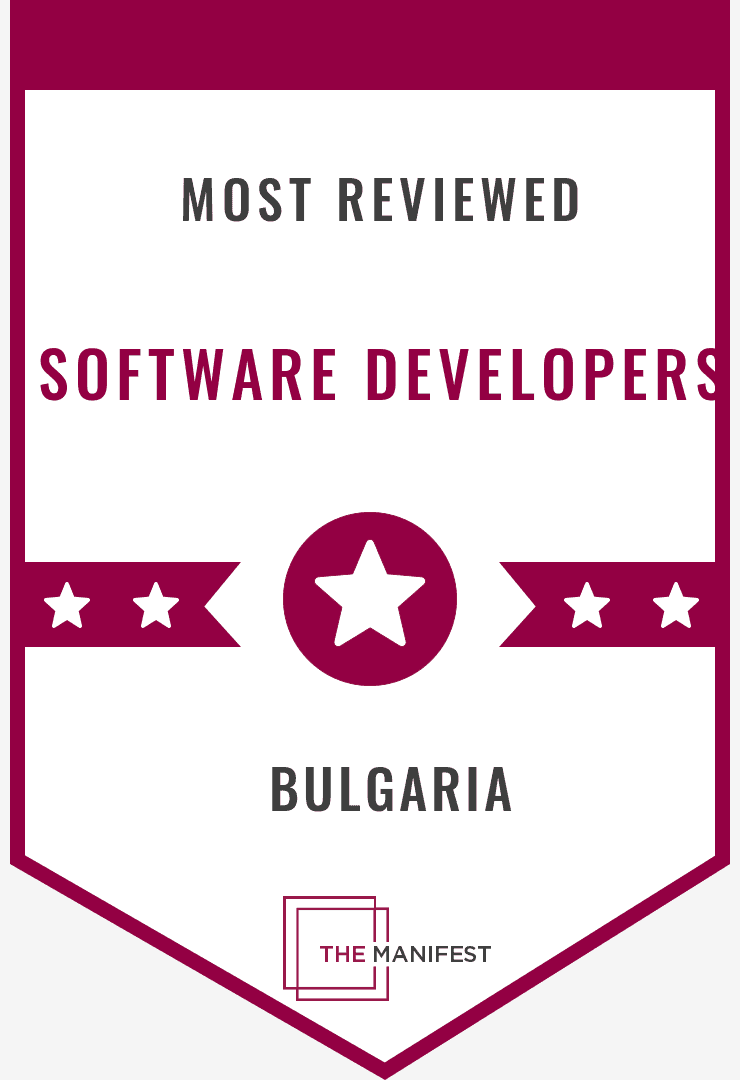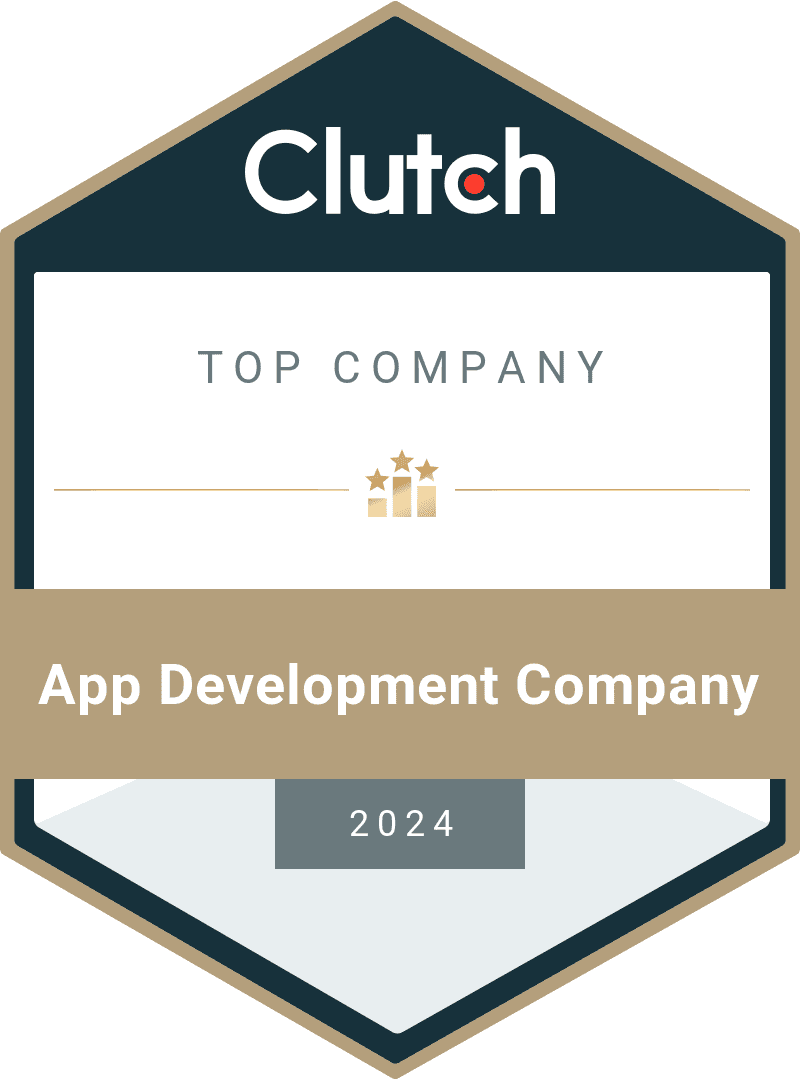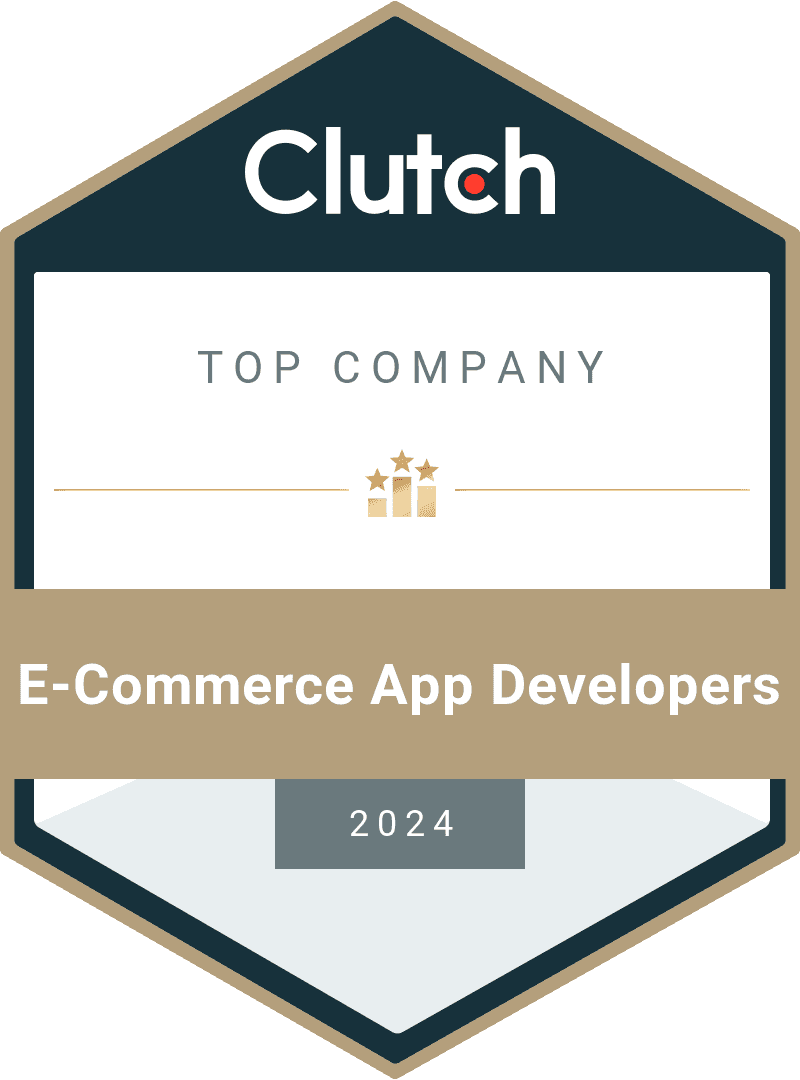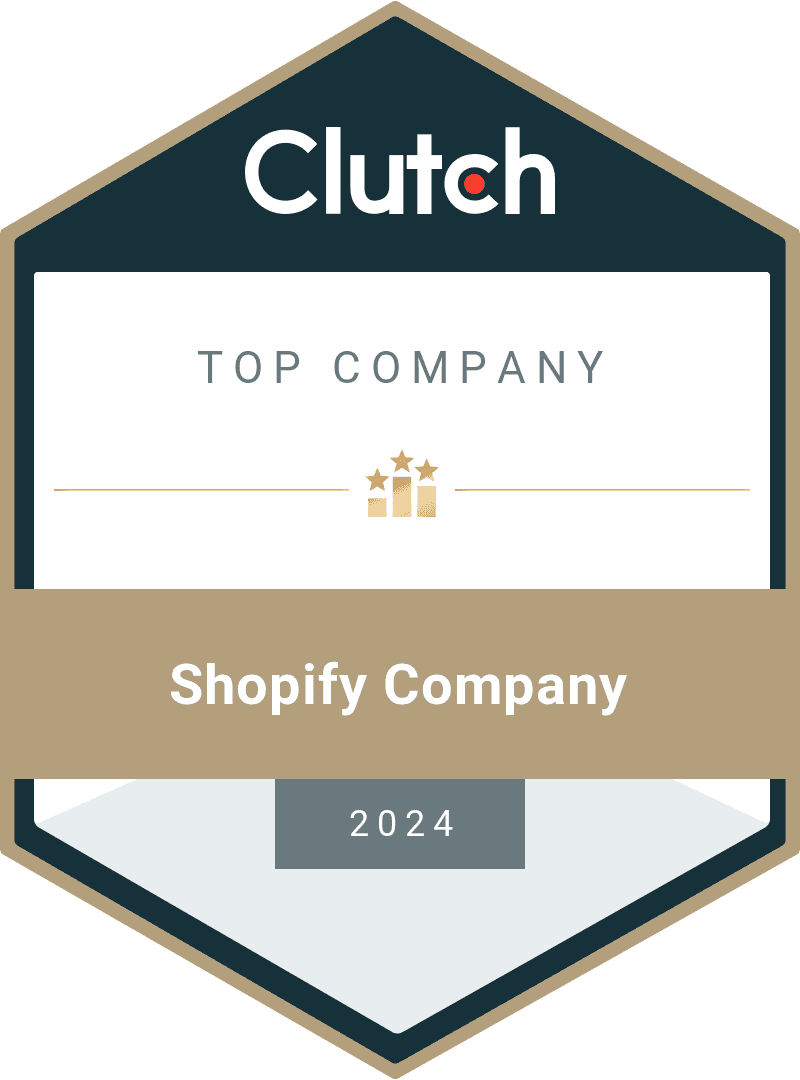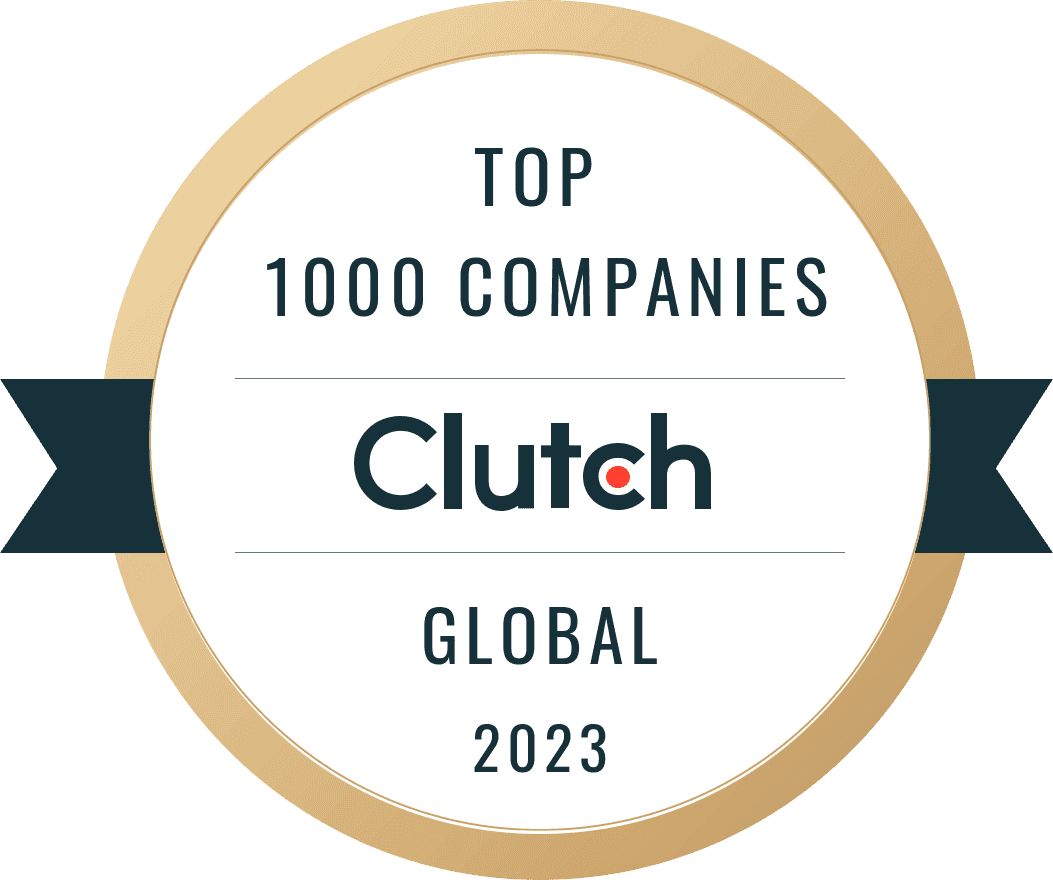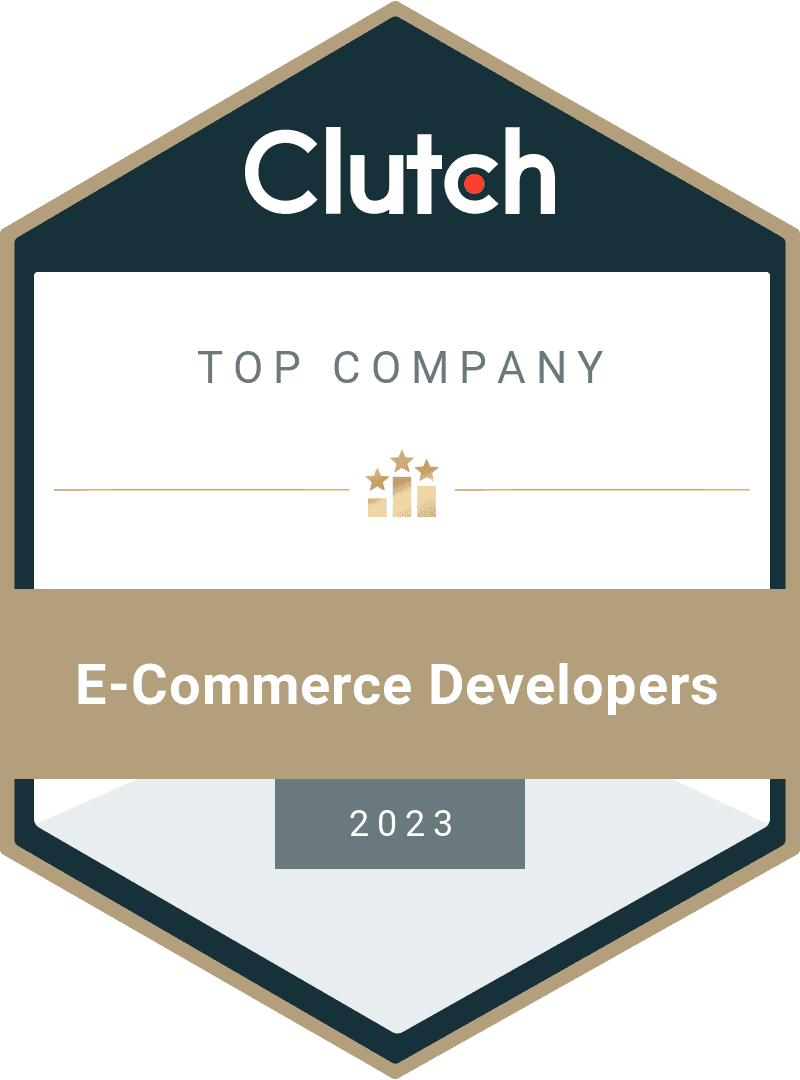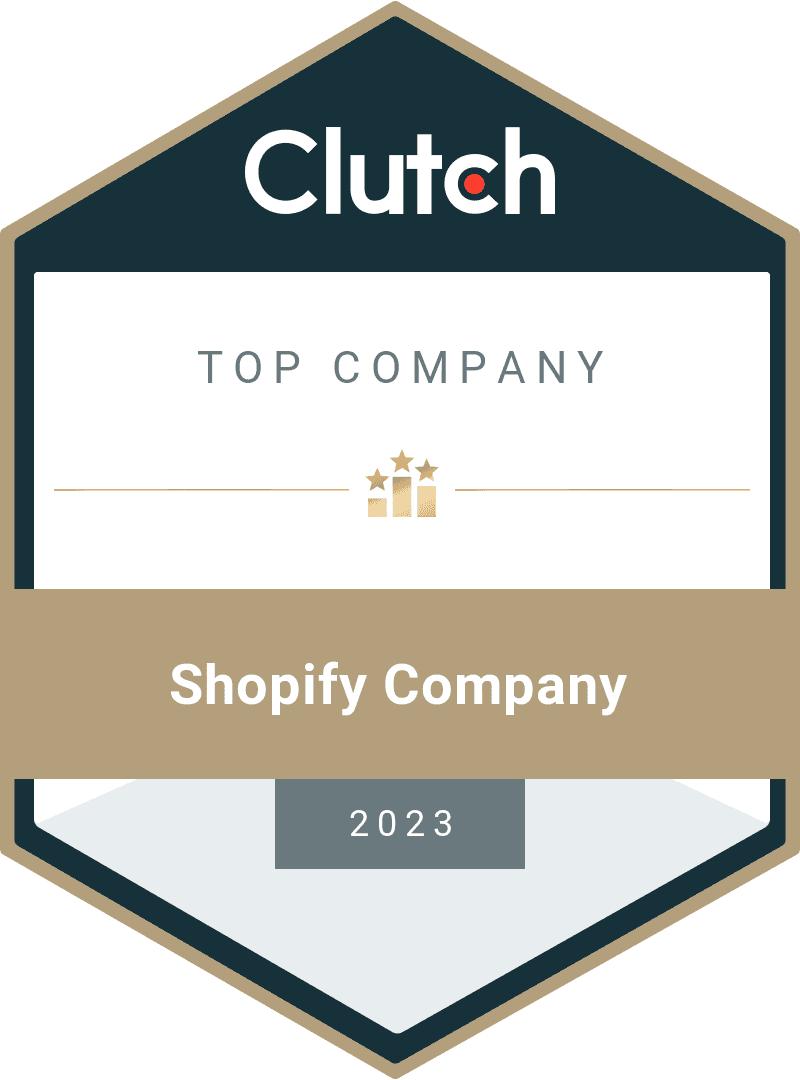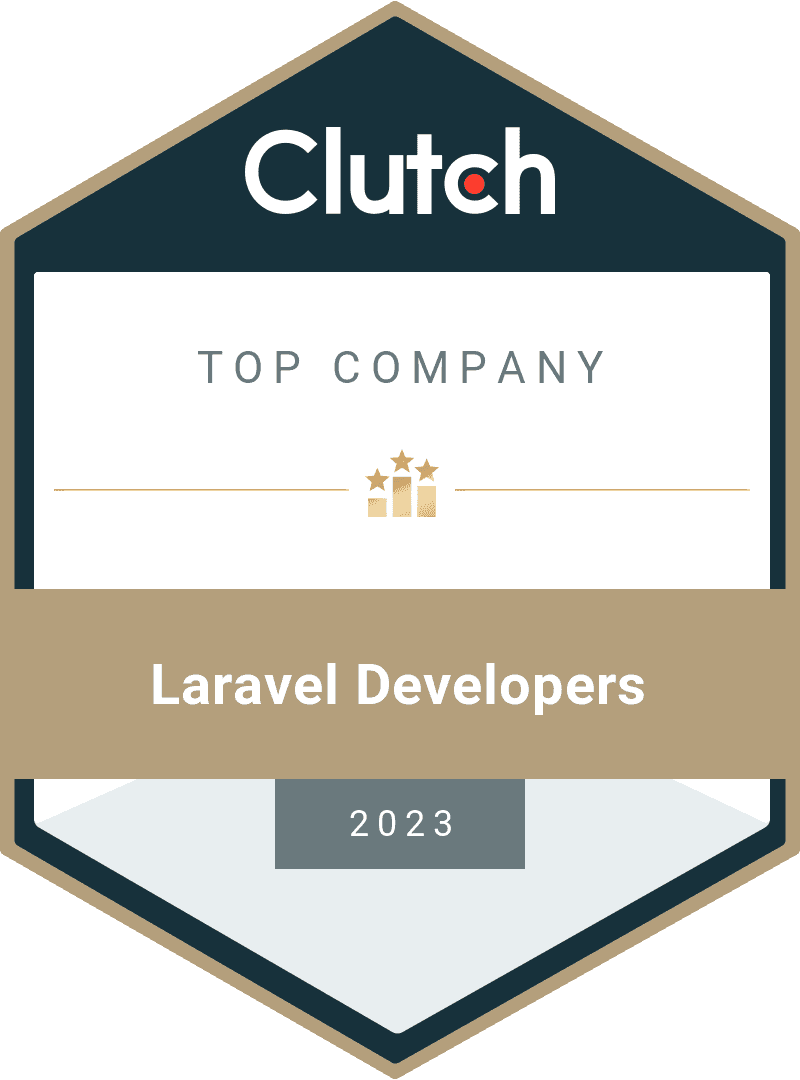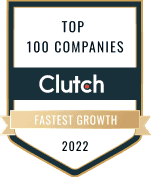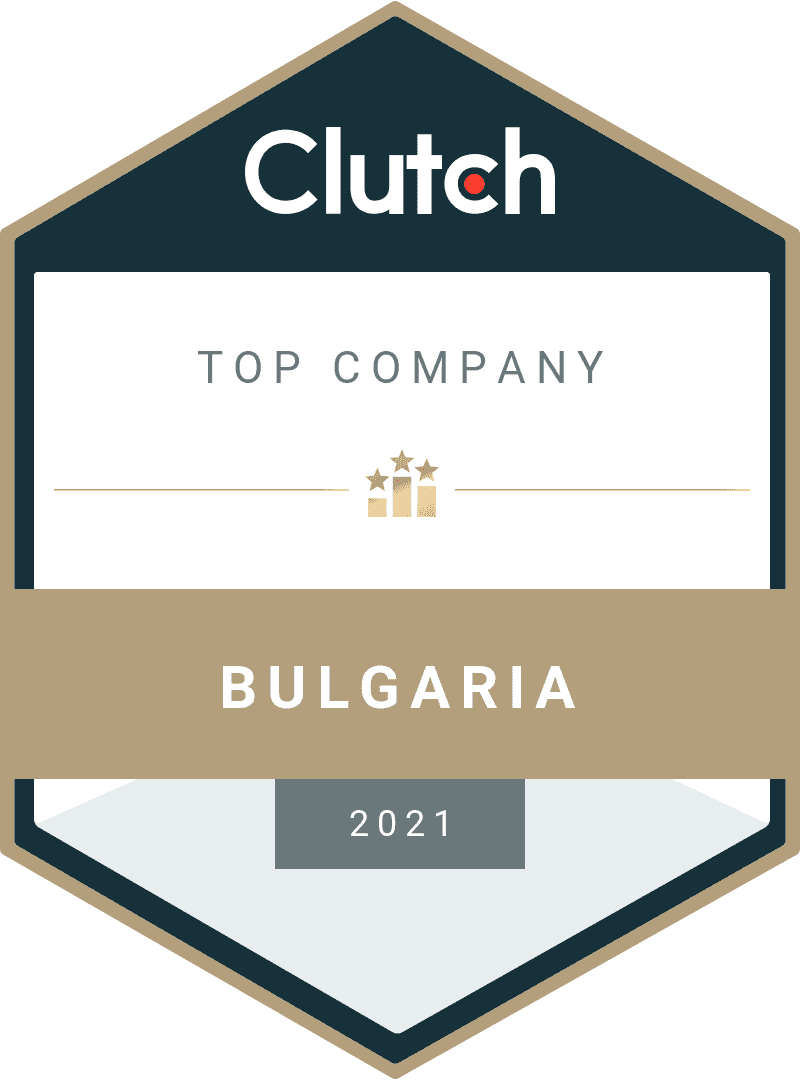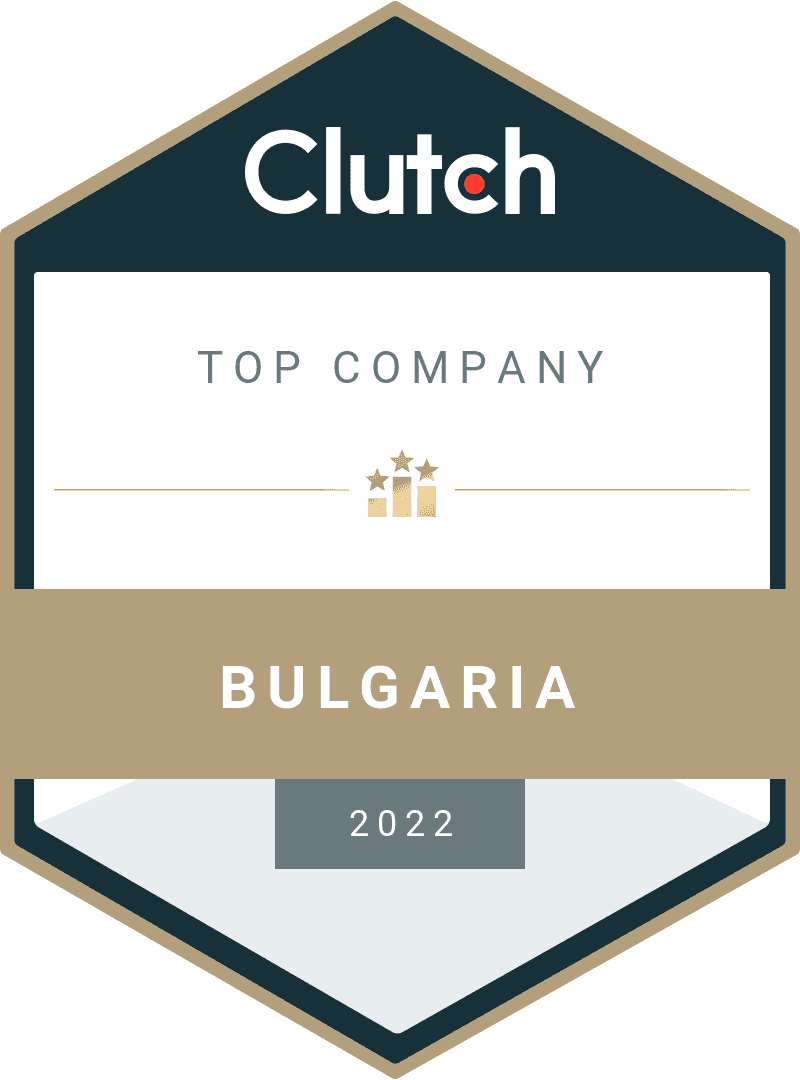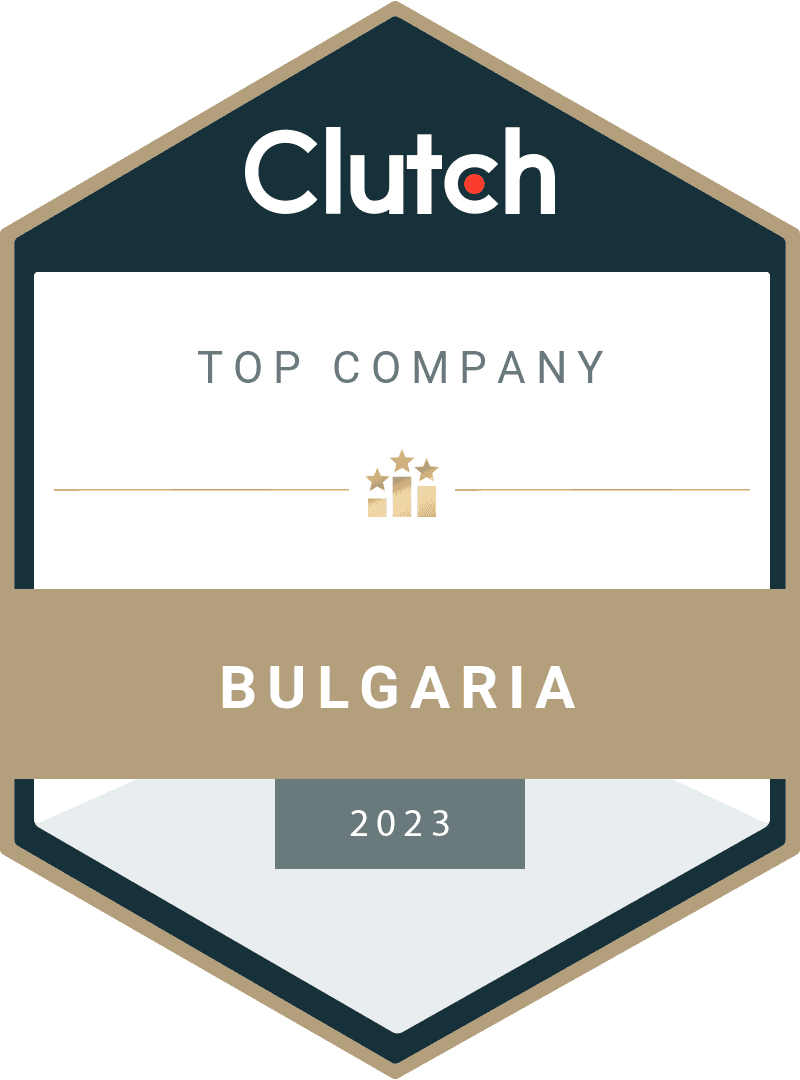In today's digital age, online chat has become an essential component for businesses across various industries. From online retail and food delivery services to banking and construction companies, chatbots are instrumental in processing incoming requests and providing customer guidance efficiently. This article delves into the intricacies of chatbot development and how to integrate an AI chatbot into your website.
The Need for Chatbots in Modern Business
Businesses are increasingly turning to chatbots to streamline operations and enhance customer service. By integrating chatbots, companies can handle numerous customer interactions simultaneously, providing quick and accurate responses that improve customer satisfaction and retention.
Case Study: Chatbot Development for the Insurance Industry
When we embarked on developing a chatbot for the insurance sector, our primary objective was to simplify the process of obtaining insurance quotes for customers. Traditional methods often involved lengthy phone calls or in-person visits, which were time-consuming and cumbersome for both customers and agents. The chatbot solution aimed to alleviate these issues by offering a seamless, automated process.
The chatbot interacts with users in chat mode, posing additional questions based on their initial inputs. This dynamic interaction allows the chatbot to gather necessary information and provide an estimated cost of the insurance policy. This not only speeds up the process but also enhances user experience by offering immediate assistance.
Choosing the Right Technology
For our chatbot development, we selected Node.js due to its numerous advantages:
- Simplicity: Node.js is known for its straightforward syntax and ease of use, making it an ideal choice for developing chatbots.
- Robust Standard Library: Node.js offers a comprehensive standard library that provides a wide range of functionalities out-of-the-box.
- Extensive Ecosystem: The vast array of external libraries and modules available in Node.js enables developers to extend the chatbot's capabilities easily.
- Scalability: Node.js's event-driven architecture allows for efficient handling of numerous simultaneous connections, crucial for chatbots serving large user bases.
Integration Across Multiple Channels
A critical aspect of chatbot development is ensuring that the chatbot can communicate through various channels. Our chatbot can interact with users via SMS, voice commands, Alexa, Facebook Messenger, WhatsApp, and more. This multi-channel capability ensures that customers can reach out through their preferred platforms, enhancing accessibility and convenience.
Ensuring Accurate and Efficient Responses
One of the primary goals of our chatbot is to provide accurate answers to specific customer queries promptly. To achieve this, we implemented several key strategies:
- Natural Language Processing (NLP): By leveraging NLP technologies, our chatbot can understand and interpret user inputs effectively, allowing it to respond accurately to a wide range of questions.
- Machine Learning: Incorporating machine learning algorithms enables the chatbot to learn from interactions and improve its responses over time, adapting to new queries and providing better service.
- Predefined Responses and Customization: We developed a comprehensive set of predefined responses for common queries while allowing for customization to address unique business needs.
Reducing Routine Work for Employees
Implementing a chatbot not only benefits customers but also significantly reduces the routine workload for company employees. By automating repetitive tasks and initial customer interactions, employees can focus on more complex and value-added activities. This leads to increased productivity and job satisfaction among staff, as they can concentrate on strategic tasks rather than mundane inquiries.
Continuous Improvement and Monitoring
To ensure the chatbot remains effective, continuous monitoring and improvement are essential. We regularly analyze interaction logs, gather user feedback, and update the chatbot's knowledge base. This iterative process helps in identifying areas for enhancement and ensures that the chatbot continues to meet evolving customer needs.
Exploring Further Applications
The potential applications for chatbots extend far beyond the insurance industry. Businesses across various sectors can leverage chatbots for a multitude of purposes, including:
- eCommerce: Assisting customers with product recommendations, order tracking, and returns.
- Healthcare: Providing appointment scheduling, symptom checking, and patient follow-ups.
- Finance: Offering account information, transaction alerts, and investment advice.
- Travel and Hospitality: Facilitating bookings, providing travel information, and managing customer inquiries.
For more detailed examples and insights into how chatbots can benefit different industries, we encourage you to explore our website.
Final Thoughts
Chatbot development is a transformative step for businesses looking to enhance customer interaction and operational efficiency. By integrating an AI chatbot into your website, you can provide immediate, accurate responses to customer queries, reduce routine tasks for employees, and ensure a seamless user experience across multiple communication channels. As technology continues to evolve, the potential for chatbots to revolutionize business processes grows, making them an invaluable asset in today's competitive landscape.
